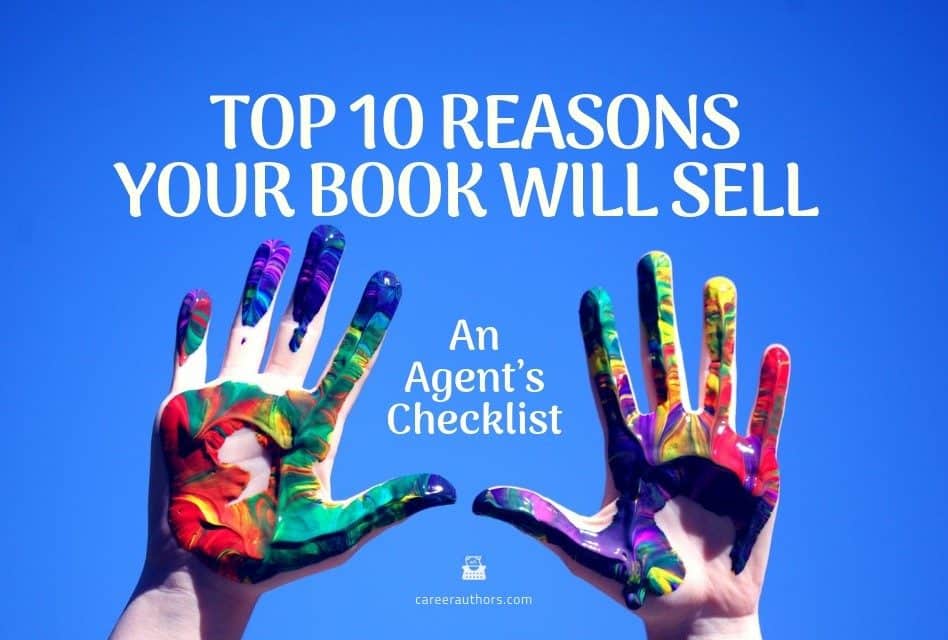Writers are always asking me how I decide to sign new clients—why this writer with this project, and not that writer with that project. As an agent, my primary job is to sell my clients’ work. Ergo, I sign writers whose work I think I can sell. And remember, we agents work on commission, so I don’t make any money until I sell the work. I can’t afford to take on a project, however wonderful the project and/or however wonderful the writer, if I don’t think I can sell it. Literally.
How do I know if I can sell it? It’s more art than science.
And God knows there are no guarantees in this business. That said, there are certain criteria that can help me predict what may work in today’s tough marketplace:
1. I totally LOVE LOVE LOVE the work.
2. I can pitch the story in 50 words or less.
In other words: It’s based on a high-concept (or at least unique) idea written by the writer born to write it. As in:
Everlasting Nora is a middle-grade novel about 12-year-old Nora, forced to live in Manila’s Cemetery City after her home burns down in the fire that takes her father. When her mother goes missing, Nora must find her—before it’s too late. A heartwarming debut by Filipino-American Marie Miranda Cruz.
3. Readers will fall in love with the protagonist, just like I did.
Give me Bosch, Bridget Jones, Harry Potter, Stephanie Plum, Atticus Finch, Everlasting Nora.
4. The story is written in a distinct and engaging voice.
Think Alice Hoffman, J. D. Salinger, Maya Angelou, Anne Lamott, David Sedaris, Isabel Allende, Pat Conroy, Roxane Gay, Sue Grafton, Lee Child.
5. The story falls within a known genre.
Which means that: a) I know where it fits on the shelf; b) I can reference good comparable titles within that genre; and c) The publisher will know how to sell it.
6. The protagonist drives the action from beginning to end.
Imagine your story as a film—would the A-list actor you want to play your hero agree to take the role? Hint: He’d have to do all the good bits, that is, take down the bad guy, get the girl, save the baby/world/universe.
7. The structure is sound.
The plot works. The heroine’s dramatic arc is in place. The writer has remembered that: The first page sells the book. The last page sells the next book.
8. The writer has a strong idea for a second standalone or the second in the series, whichever applies—and is already working on it.
The writer is in this for the long haul.
9. The writer is professional, cooperative, and collaborative.
The writer understands that editing is part of the process—from my notes to the acquisition editor’s notes and beyond. Resistance is futile.
10. The writer is prepared to make the transition from writer to author.
Notably: The writer is an active participant in his/her writing community, and is willing and able to do the promotion work required to publish successfully in the 21st century.
How’d you do? Are you ten for ten? Let’s discuss on Facebook.





